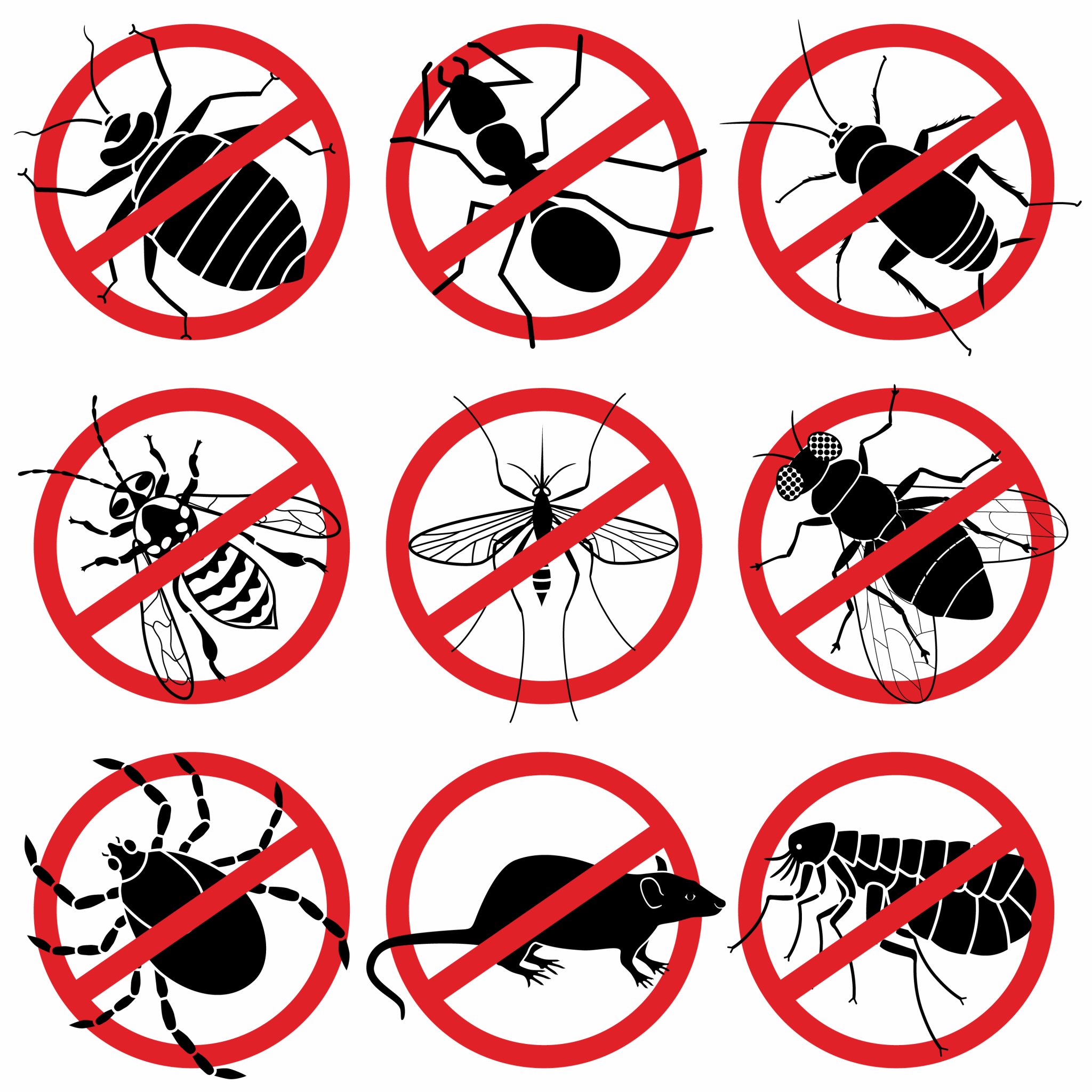In terms of maintaining a cozy and secure living environment, grasping the life cycle of typical pests is essential. These intrusive guests can invade your home at any time of the year, each season bringing its unique set of challenges and threats. Being aware of how pests breed, thrive, and seek shelter can assist you take preemptive measures to maintain your home pest-free throughout the year. This knowledge is the foundation of effective pest control and will enable you to combat infestations before they escalate.
In this definitive guide, we will examine multiple aspects of pest control, from identifying common household pests to understanding why DIY methods often underperform. With special info on seasonal pest habits, professional pest control planning, and disproving prevalent myths, you’ll be equipped with actionable tips to defend your home. Whether you confront a spring resurgence of ants or the cold weather encroachment of rodents, we will supply you with the strategies you need to prevent and manage these pests effectively. Let’s investigate the nuances of pest life cycles and learn how to protect our homes against these relentless invaders.
Common Home Infestations and Control
Frequent home pests include ants, cockroaches, mice and rats, and bloodsuckers. Sugar ants often enter homes in search of sustenance, while roaches thrive in hot, humid areas. Rodents, such as tiny rodents and larger rodents, seek shelter, especially in frigid months, and bed bugs feed on human blood, making them a problem in sleeping quarters. Understanding their behaviors and habitats is vital for efficient control and mitigation.
Avoiding these pests starts with maintaining cleanliness. Ensure that edibles is maintained in closed containers and that crumbs are promptly cleaned. Closing entry points, such as cracks in partitions and gaps around frames, can also help stop pests out. Additionally, frequent inspections of your home can help spot potential issues before they become infestations.
Seasonal changes can affect pest activity, so it's crucial to modify your management strategies in response. Springtime and the summer months often bring an surge in sugar ants and biting insects, while fall may see mice and rats seeking refuge indoors. By staying vigilant and proactive in pest management, you can greatly reduce the possibility of infestations and maintain a safe home year-round.
Do-It-Yourself Pest Control vs. Professional Services
Many homeowners consider Do-It-Yourself pest management as an initial approach to dealing with pests in their homes. The allure of cutting money and addressing problems on one's own terms can be enticing. However, the effectiveness of Do-It-Yourself strategies often fluctuates, with numerous solutions relying on short-term solutions rather than sustainable prevention. Homeowners may find that while they can handle minor infestations, more significant issues, like bed bug infestations or rodent problems, typically necessitate a holistic approach.
Trained pest control solutions bring specialized skills and capabilities that most Do-It-Yourself efforts fail to provide. Experienced technicians can accurately determine pest species, inspect for possible entry points, and analyze the life cycles of frequent pests, ensuring a specific strategy. Moreover, Pest Control Queen Creek have access to superior treatment options, including environmentally friendly solutions, that can be better and less hazardous in the long run. Regular scheduling with a pest control service can help maintain a pest-free environment all year long.
Choosing between Do-It-Yourself pest management and using professional services often depends on the severity of the problem and the homeowner's familiarity with pest management. For small issues, Do-It-Yourself methods can be adequate. However, if pests persist or if the infestation is significant, investing in expert assistance can save time, money, and worry in the long run. It is crucial to weigh the pros and cons to determine the best option for your unique situation.
Seasonal Pest Management Advice
As the times of year change, so do the kinds of pests that may enter your house. In the springtime, be aware for ant infestations, termites, and mosquito issues emerging as the weather rise. To avoid infestations, keep your garden tidy, eliminate standing water, and seal any cracks in your house's outside. Regular inspections during this time can help you address any signs of initial pest activity before they become bigger problems.

During the summer months, pests like fly issues, bee problems, and wasp infestations become more prominent, often attracted to food sources and outdoor gatherings. To keep these pests at bay, ensure that your food is kept safely and garbage is thrown away properly. Consider setting up traps or using eco-friendly deterrents around your patio to establish a pest-free environment for outdoor enjoyment.
As fall comes, rodents and other pests seek shelter as temperatures decline. Put in place preventive measures by sealing entry points and ensuring that your home is less inviting to invaders. Continually check for any signs of pest activity and think about arranging professional pest control to handle any possible problems. Winter may bring its own set of difficulties with pests like roach problems seeking shelter, emphasizing the importance of year-round pest prevention strategies.
